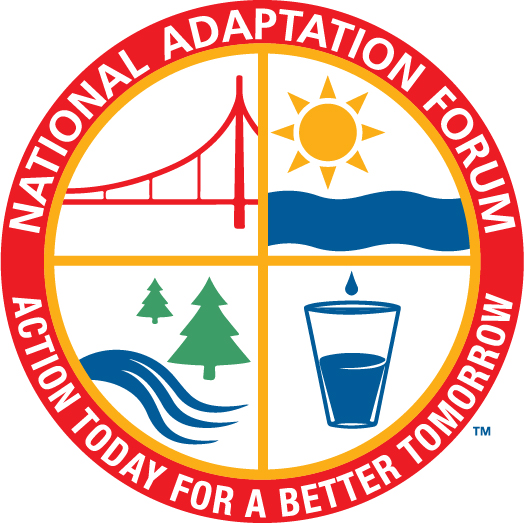Implementing a climate resilience program: A practical approach
Implementing a Climate Resilience Program: U.S. Climate Resilience Toolkit and Using Downscaled Climate Data
Part I. Navigating the U.S. Climate Resilience Toolkit: How the Toolkit can
support local planning and decisions for enhanced community resilience
Workshop Facilitator: David Herring, NOAA
Participants in this workshop learned how the U.S. Climate Resilience Toolkit (toolkit.climate.gov) can be used to support local planning and decisions for enhanced community resilience. The webinar walked participants through the Toolkit’s 5-Step Planning Process and examples of its use.
The 5-Step Planning Process includes:
- Identifying the problem: Focusing on climate stressors that threaten people, buildings, natural resources, or the economy in your area.
- Determining vulnerabilities: Identifying specific populations, locations, and infrastructure that may be impacted by the climate problem you identified
- Investigating options: Compiling a list of potential solutions, drawing on the experiences of others who have addressed similar problems.
- Evaluating the risks and costs: Considering risks and values to analyze the costs and benefits of favored options. Select the best solution for your situation and make a plan.
- Taking action: Implementing your plan and monitoring your progress.
Part II Sources and use of downscaled climate data to support infrastructure adaptation.
Workshop facilitator: Latham Stack, Syntectic International
Participants in this second section of the workshop learned tactics for arriving at reliable specifications to inform infrastructure adaptation.
- Identify sources for downscaled climate data: Current publicly-available downscaled climate data. Sources and how to obtain
- Working with this data: Turning downscaled data into design events and infrastructure specifications














